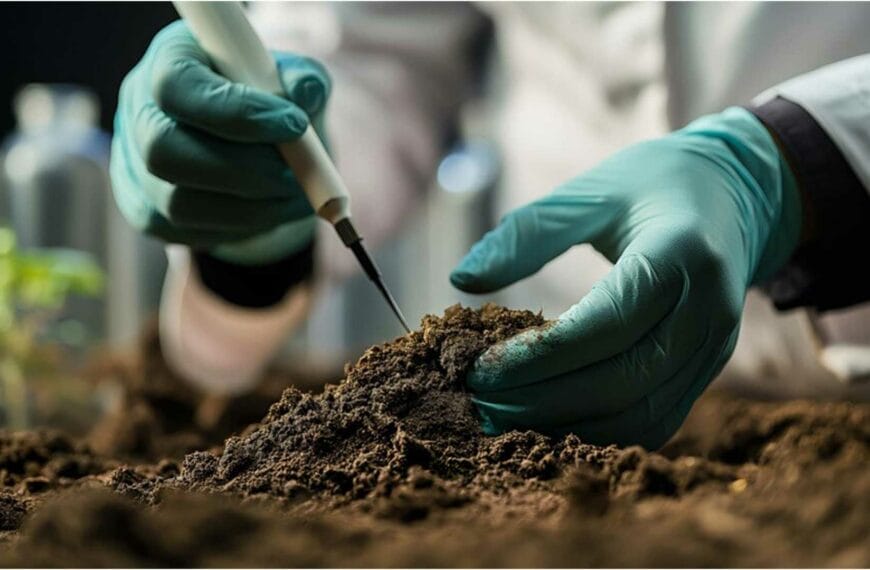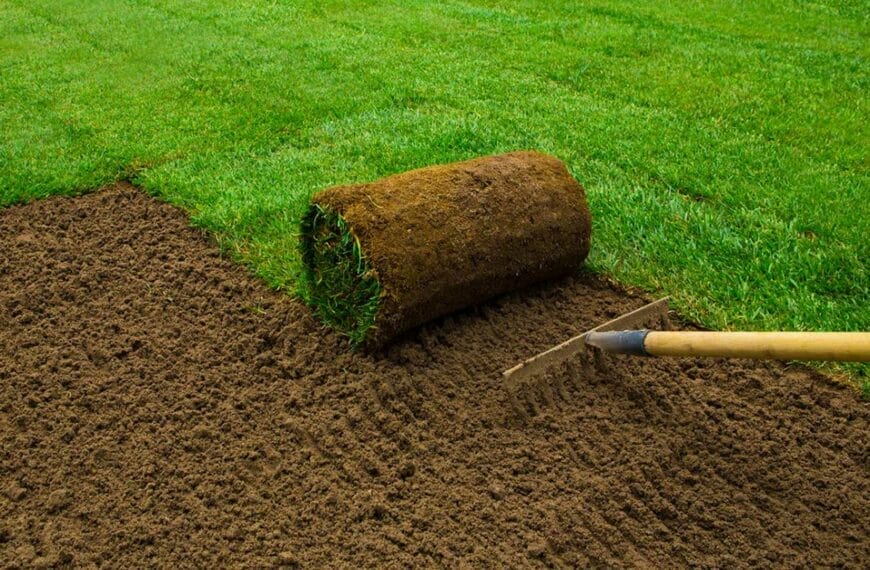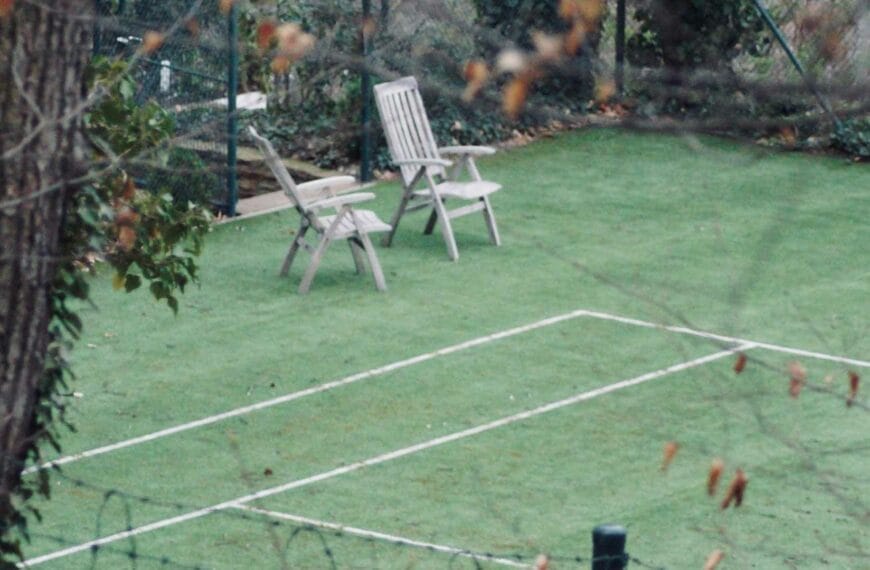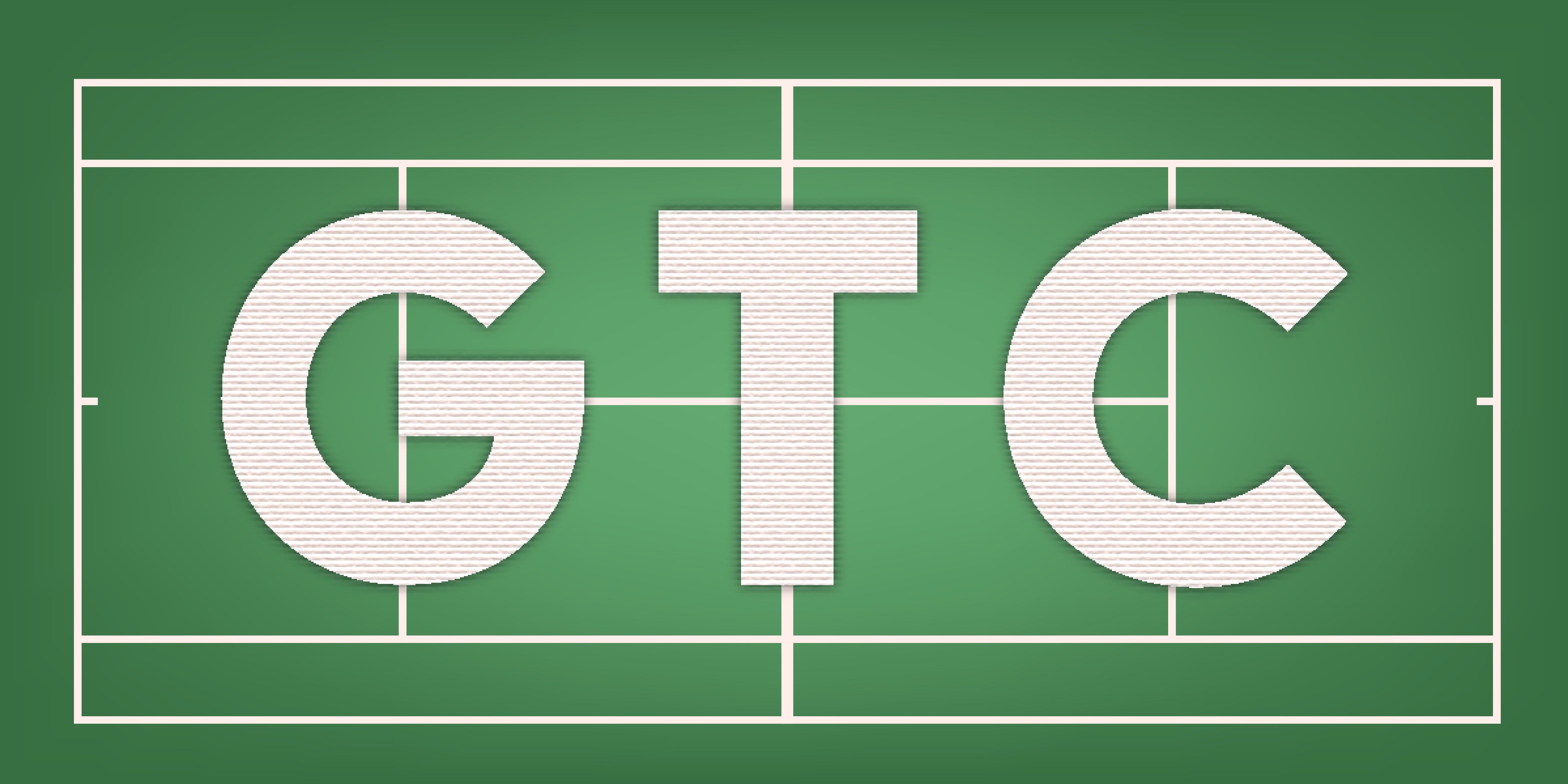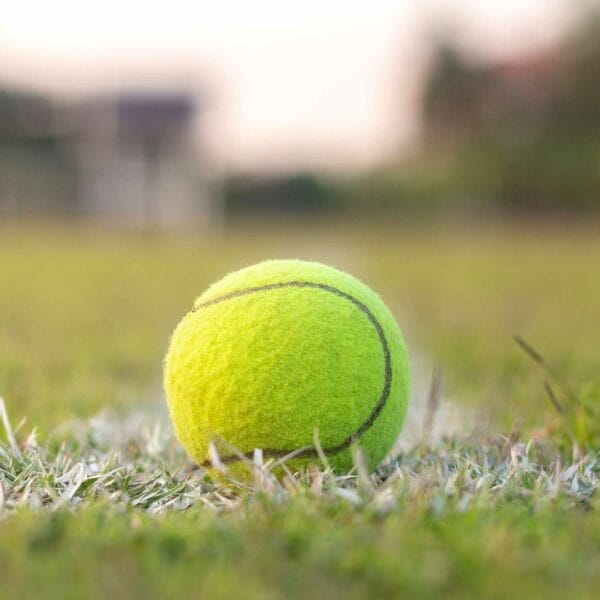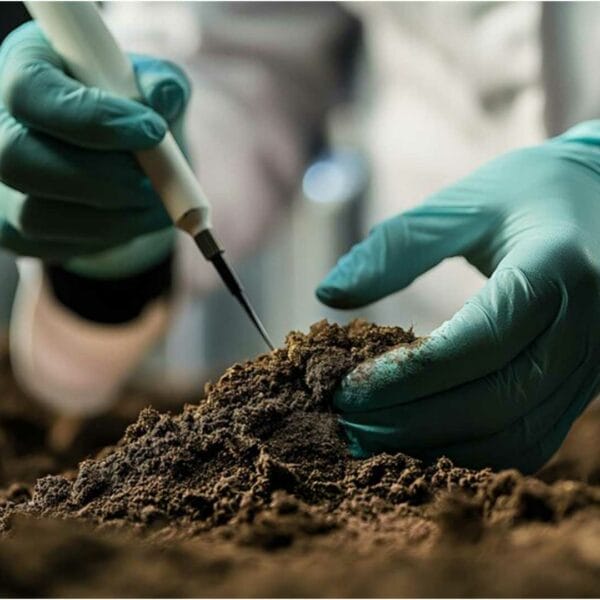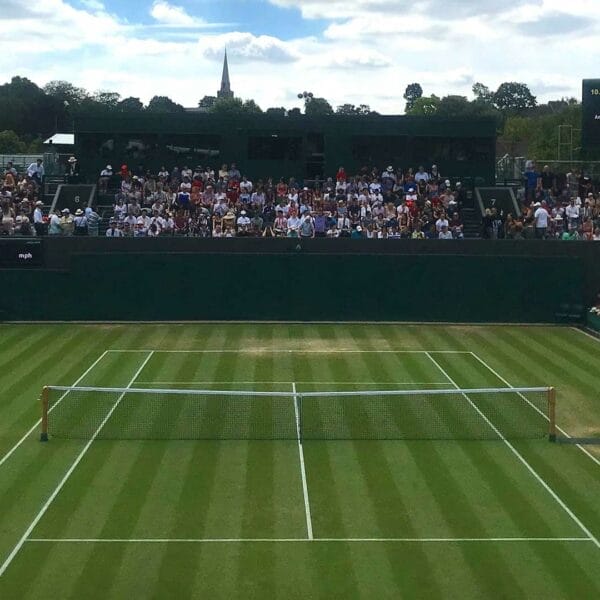Building the Drainage System for a Grass Tennis Court
The time required to construct a drainage system for a grass tennis court, including the steps described in the cross-section, can vary depending on several factors such as site conditions, the size of the court, the complexity of the drainage system, and the availability of labor and materials. However, a general estimate for the construction process can be outlined as follows:
Estimated Timeline for Building the Drainage System
- Site Preparation (1-2 Days):
- Clearing the site, marking out the trench locations, and ensuring the ground is dry enough for construction.
- Excavation of Trenches (2-3 Days):
- Excavating the trenches for the drainage pipes. This step may take longer if the ground is rocky or has significant debris.
- Installation of Perforated Plastic Drains and Permeable Backfill (2-3 Days):
- The perforated plastic drain pipes are laid in the trenches, and the surrounding area is covered with 6-10mm grade permeable backfill material.
- Laying the Coarse Sand and Grit Blinding Layer (1 Day):
- Apply the 50mm thick, coarse sand and grit blinding layer above the permeable backfill.
- Final Trench Backfill (2-3 Days):
- Depending on the design, the trenches will be filled with a topsoil and sand mix or pure sand, and proper compaction and leveling will be ensured.
- Finishing and Site Cleanup (1-2 Days):
- Final checks, levelling, and any necessary adjustments, followed by site cleanup.
Total Estimated Time:
9-14 days (approximately 2 to 3 weeks).
Considerations:
- Weather: Adverse weather conditions, such as heavy rain, could delay the construction process, especially during site preparation and excavation.
- Complexity: If the site has challenging conditions, such as high groundwater levels or the need for extensive earthworks, additional time may be required.
- Manpower: The availability and experience of the construction crew can significantly affect the timeline. A well-coordinated team can complete the work more efficiently.
Cross-Section of a Typical Pipe Drain Structure for a Grass Tennis Court
Perforated Plastic Drain
- Location: This is at the very bottom of the trench.
- Material: The drain pipe is made of perforated plastic, allowing water to enter the pipe and be carried away from the court.
- Function: The perforations in the pipe facilitate the collection and drainage of water from the surrounding soil.
Permeable Backfill
- Layer: Surrounding the perforated plastic drain is a layer of permeable backfill.
- Material: This backfill consists of 6-10mm grade gravel or similar permeable material.
- Function: This layer allows water to easily filter through the material and into the perforated drain pipe, while also providing stability and support to the pipe.
Coarse Sand and Grit Blinding Layer
- Layer Thickness: This layer is 50mm thick.
- Material: Composed of coarse sand and grit.
- Function: The blinding layer serves to separate the permeable backfill from the upper layers, preventing finer particles from clogging the drain pipe and ensuring the continued permeability of the drainage system.
Final Trench Backfill
- Layer Thickness: This final layer is 100-150mm thick.
- Material: The backfill consists of a mix of topsoil and sand or pure sand, depending on the specific requirements of the site.
- Function: This layer completes the trench, providing the necessary soil composition for the surface above while ensuring effective drainage. The sand and soil mix is selected based on the drainage needs and the grass growth requirements of the court.
Summary
Finally, the trench is topped with a 100-150mm layer of topsoil mixed with sand or just sand, which supports the grass surface while maintaining good drainage.
At the bottom, the perforated plastic drain pipe is surrounded by a 6-10mm grade permeable backfill layer, ensuring water can easily flow into the pipe.
Above this, a 50mm layer of coarse sand and grit acts as a blinding layer, preventing the finer materials above from clogging the drainage system.


